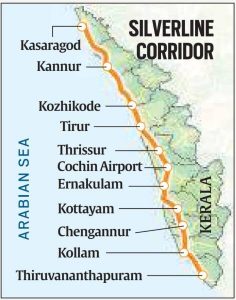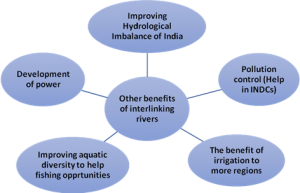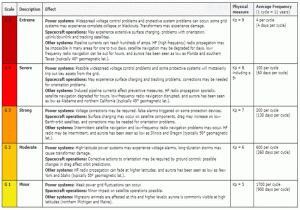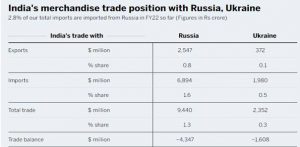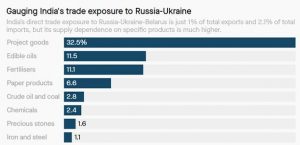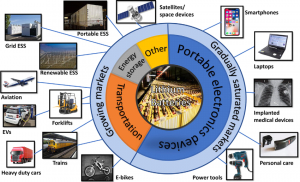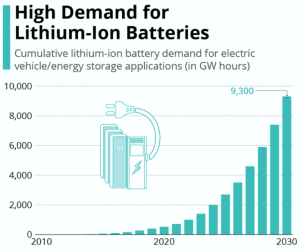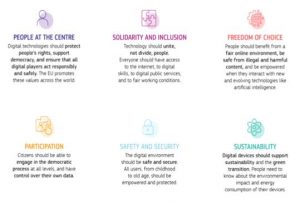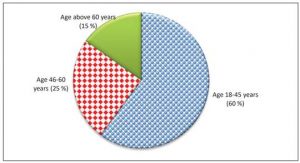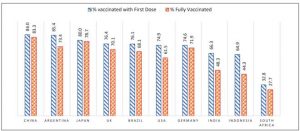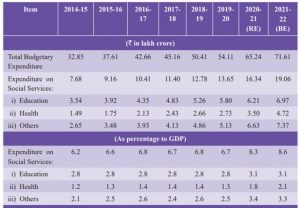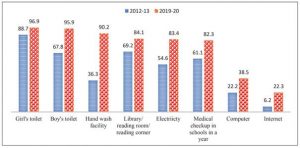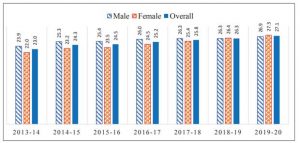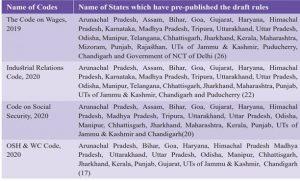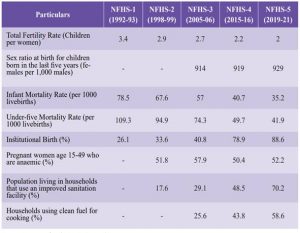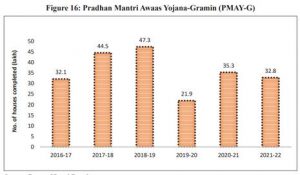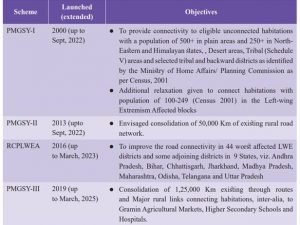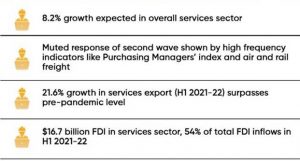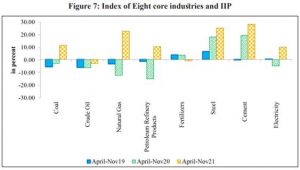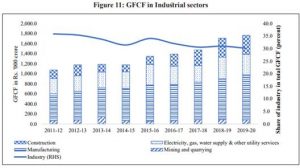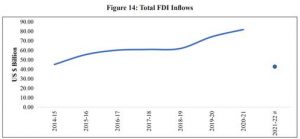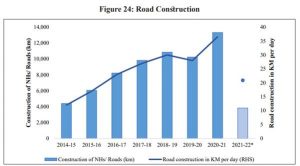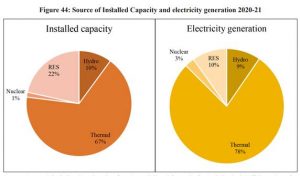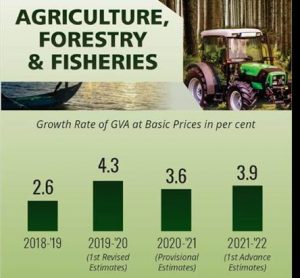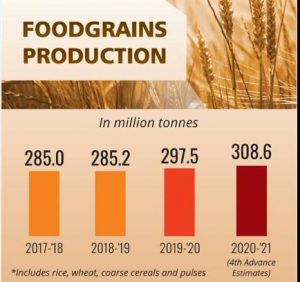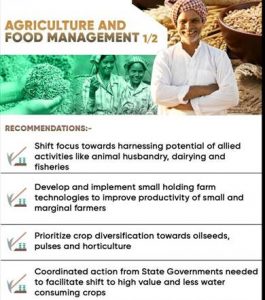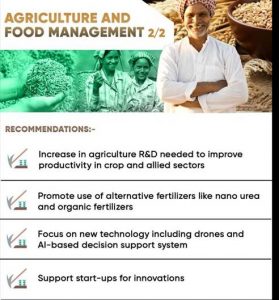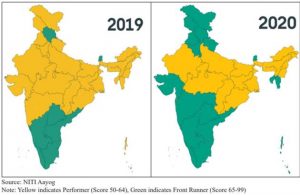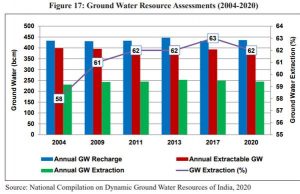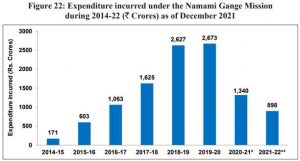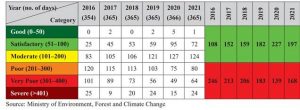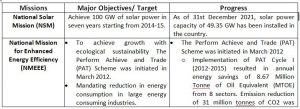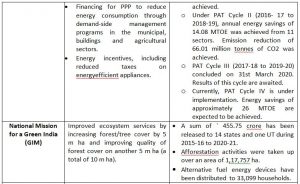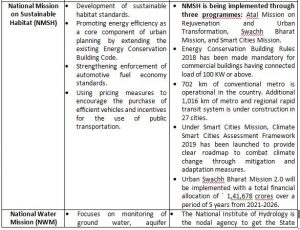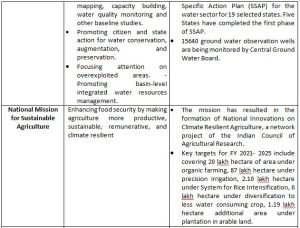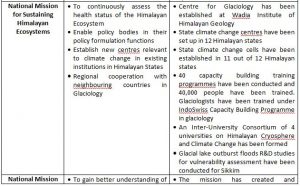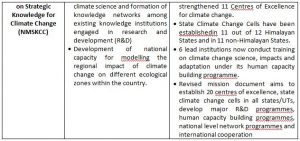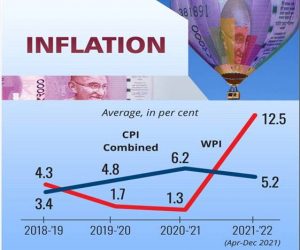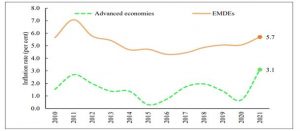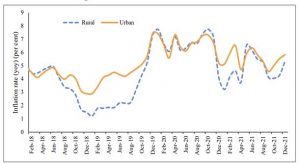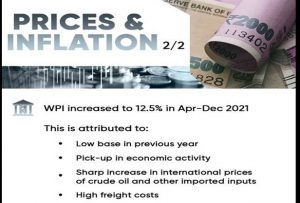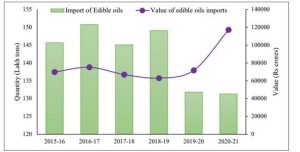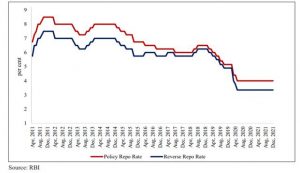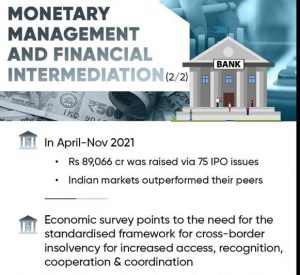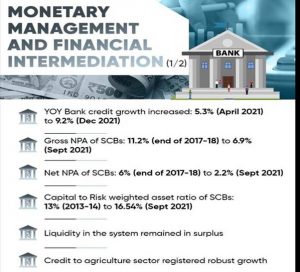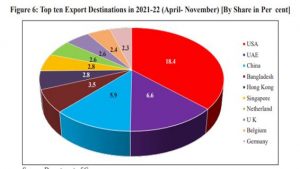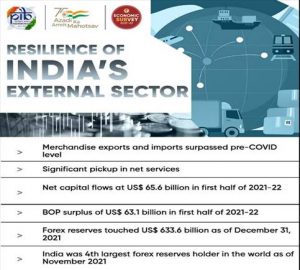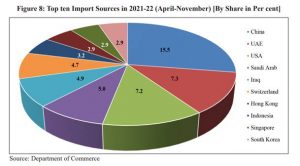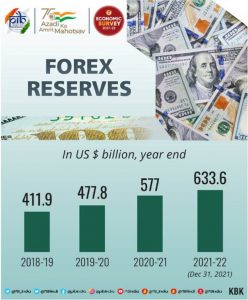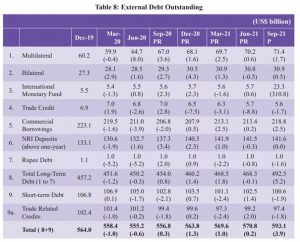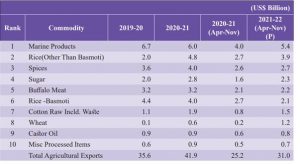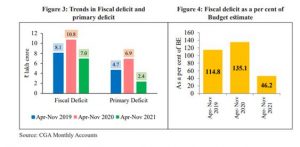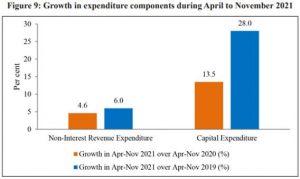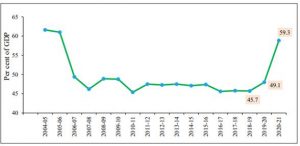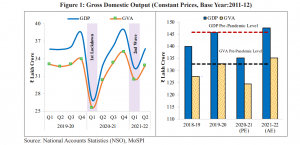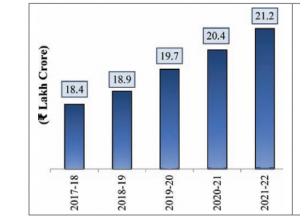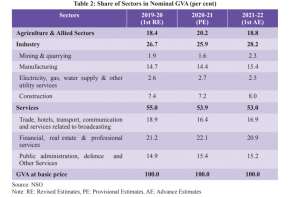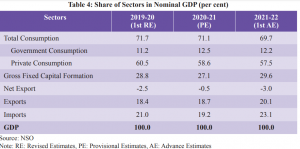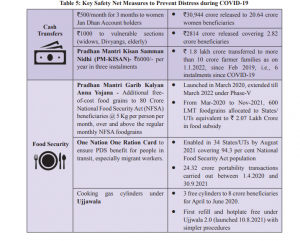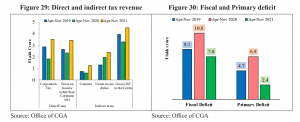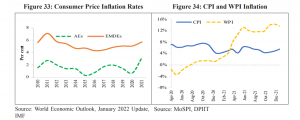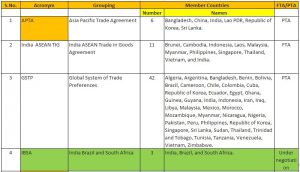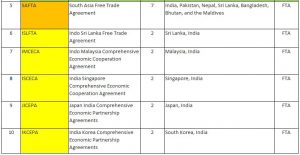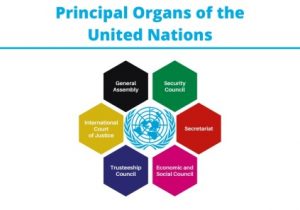WHETHER ELECTORAL DEMOCRACY HAS UNDERMINED CONSTITUTIONAL DEMOCRACY IN INDIA?
THE CONTEXT: Of late, many reports/indices have downgraded India’s position on various aspects of democracy. There are also allegations that the Indian State has curtailed the freedoms of individuals, the media, and civil society and undermined the independence of accountability institutions. Such developments, along with the results of recently concluded State Assembly elections, have led to a view that India has become an electoral democracy and that the electoral wins have been used to undermine the constitutional democracy. This article examines this claim in detail and suggests a way forward.
A WORKING DEFINITION: ELECTORAL DEMOCRACY AND CONSTITUTIONAL DEMOCRACY
ELECTORAL DEMOCRACY:
- An electoral democracy refers to a polity governed by a democratically elected government.
- In such a system, there are regular free and fair elections based on universal adult franchise, multi-party competition, the peaceful transfer of power, etc.
- Electoral democracy is also known as procedural democracy, formal democracy, etc.
- The electoral process provides legitimacy to governments which can be used for achieving lofty objectives or for other partisan purposes.
- Although electoral democracy is necessary, it is not sufficient for establishing a constitutional democracy.
CONSTITUTIONAL DEMOCRACY:
- In a constitutional democracy, the authority of the majority is limited by legal and institutional means so that the rights of individuals and minorities are respected. Constitutional democracy is the antithesis of arbitrary rule. It may be also called substantial democracy, liberal democracy, etc. It is a democracy characterized by:
- POPULAR SOVEREIGNTY. The people are the ultimate source of the authority of the government, which derives its right to govern from their consent.
- MAJORITY RULE AND MINORITY RIGHTS. Although “the majority rules,” the fundamental rights of individuals in the minority are protected.
- LIMITED GOVERNMENT. The powers of government are limited by law and a written or unwritten constitution that those in power obey.
- INSTITUTIONAL AND PROCEDURAL LIMITATIONS ON POWERS. There are certain institutional and procedural devices that limit the powers of government.
WHAT ARE THE FUNDAMENTAL VALUES OF CONSTITUTIONAL DEMOCRACY?
BASIC RIGHTS:
- Protection of certain basic or fundamental rights is the primary goal of government. These rights may be limited to life, liberty, and property, or they may be extended to include such economic and social rights as employment, health care, and education.
- Documents such as the Universal Declaration of Human Rights, the United Nations Convention on the Rights of the Child, the African Charter on Human and People’s Rights, the Fundamental Rights, and DPSP of the Indian Constitution enumerate and explain these rights.
FREEDOM OF CONSCIENCE AND EXPRESSION:
- A constitutional democracy includes among its highest purposes the protection of freedom of conscience and freedom of expression.
- These freedoms have value both for the healthy functioning and preservation of constitutional democracy and for the full development of the human personality.
PRIVACY AND CIVIL SOCIETY:
- Constitutional democracies recognize and protect the integrity of a private and social realm comprised of family, personal, religious, and other associations and activities. This space of uncoerced human association is the basis of a civil society free from unfair and unreasonable intrusions by the government.
JUSTICE: A constitutional democracy promotes:
- DISTRIBUTIVE JUSTICE. The fair distribution of the benefits and burdens of society.
- CORRECTIVE JUSTICE. Fair and proper responses to wrongs and injuries.
- PROCEDURAL JUSTICE. The use of fair procedures in the gathering of information and the making of decisions by all agencies of government and, most particularly, by law enforcement agencies and the courts.
EQUALITY: A constitutional democracy promotes:
- POLITICAL EQUALITY. All citizens are equally entitled to participate in the political system.
- EQUALITY BEFORE THE LAW. The law does not discriminate based on unreasonable and unfair criteria such as gender, age, race, ethnicity, religious or political beliefs, affiliations, class, or economic status. The law applies to the governors as well as the governed.
- ECONOMIC EQUALITY. Constitutional democracies have differing conceptions of the meaning and importance of economic equality. At the very least, they agree that all citizens should have the right to an equal opportunity to improve their material well-being. Some constitutional democracies also attempt to eliminate gross disparities in wealth through such means as progressive taxation and social welfare programs.
OPENNESS:
- Constitutional democracies are based on a political philosophy of openness or the free marketplace of ideas, the availability of information through a free press and free expression in all fields of human endeavor.
ELECTORAL DEMOCRACY VS CONSTITUTIONAL DEMOCRACY-AN ANALYSIS
In a large part of the world, the electoral aspects of democracy are being used to undermine the non-electoral dimensions of democracy. This process can be called the battle between electoral democracy and constitutional democracy. Democracies don’t normally die as a result of military or executive coups these days. Processes internal to the democratic system can severely weaken democracy itself, even causing its collapse. Today, such contradictions exist in Turkey, Poland, Hungary, and Russia, to name just a few countries. Donald Trump also attempted something similar in the US. It is also alleged that such a process is underway in India.
OTHERING THE OTHERS: ILLUSTRATIONS FROM THE ASIAN REGION
As early as the 1950s, Sri Lanka imposed a “Sinhala only” policy on the Tamil minority of the country. By the 1960 and 1970s, the Sinhalese majority gradually established its hegemony via electoral means, completely marginalizing the Tamils. In the 1980s, a civil war was born as a consequence. In Malaysia, following roughly similar policies, the Malay majority side-lined the Chinese minority. Internal tensions and aggravations rose, but, unlike Sri Lanka, a civil war did not. The minorities pursued their interests by entering into coalitions with political parties within the larger parameters of the polity.
HOW IS ELECTORAL DEMOCRACY USED TO UNDERMINE CONSTITUTIONAL DEMOCRACY?
MIS USE OF ELECTORAL SUCCESS:
- Electoral win provides authority to the elected government to frame laws and policies to implement its ideological agenda.
- Although nothing is wrong in this as long the government acts within the bounds of the constitutional limitations, serious problems emerge once this is breached.
- The triumph in elections can be used in three ways — in executive decrees, in legislative chambers to formulate laws, and on the street via vigilante forces.
SECTARIAN LEGAL AND POLICY ACTIONS:
- The government will simply claim that as it has won the “free and fair elections” it must be free to govern as it pleases without any boundation.
- In other words, electoral success means approval and legitimization of the parties’ agenda, policy choices, and manifesto. I say, a party that is known for its illiberal and communal outlook comes to power with a brute majority, which means the people’s acceptance of what the party stands for.
- This majority is then used by the party to frame legislation and public policies to further the illiberal and communal agenda.
FREE VOTE BUT PROGRESSIVE UNFREEDOMS:
- Differently labelled as right-wing populism, majoritarianism, or illiberal democracy, the core of this politics consists of: –
- Using election win to attack – via legislation — the idea of minority rights and undermine – also via legislation — standard democratic freedoms such as the freedom of expression, freedom of association, and freedom of religious or cultural practice.
- A freely conducted vote can thus be used to cripple the other freedoms that modern democracies also value and the electoral democracy essentially degenerates into an electoral autocracy.
THE REASONS FOR INDIA BEING CALLED AS AN ELECTORAL DEMOCRACY
POTENTIAL MISUSE OF WINS IN ELECTIONS:
- The campaign for the UP election by the incumbent party has a fair share of communal attacks on the minorities.
- It is held that the five-year rule of the party also saw discriminatory legal and administrative actions against the minority community, mob lynching, attacks, and arrest of human rights activists and journalists, custodial deaths, illegal encounters, poor Covid management, mounting unemployment, etc.
- Yet a victorious plurality of UP’s electorate was willing to ignore the incumbent party’s failures and transgressions and returned the same party to power.
- Though minority rights are enshrined in India’s Constitution, election victories can now be used to create laws or government policies that begin to precisely attack those rights.
- Fake news, misinformation, post-truth, and hate speeches have taken the political and social discourse to a new low in India.
- Electoral win is one of the means by which electoral democracy can be a vehicle for an assault on constitutional democracy.
WEAKENING OF THE GUARDIAN OF THE CONSTITUTION:
- Generally speaking, the courts are the final custodian of constitutional proprieties in a democracy and can frustrate a legislative or executive attack on the Constitution.
- But that depends on whether the judiciary is willing to play its constitutionally assigned role. Judicial interpretation can go either way – in favour of the government or against it.
- India’s judiciary has of late — and earlier as well — been an unreliable defender of the Constitution and citizens’ rights. For instance, an erstwhile CJI has given a free pass to the executive through ” sealed cover jurisprudence”, and a former Judge of the SC has been alleged to be always favouring the government.
- A cursory glance of the major Constitutional cases like revocation of Art 370, CAA 2019, etc pending in the SC for a couple of years, points out the unwillingness of the SC to scrutinize executive actions.
- The selective appointment and transfer of judges of the higher judiciary also shows the lack of judicial independence.
THE FALLING RANKS IN GLOBAL INDICES:
- For a couple of years, India’s standing in almost all the indices/reports dealing with democracy and its features has been consistently falling. For instance, in the recently released freedom in the World 2022report by the American non-profit organization Freedom House, India was described as ‘partly free’ and given a ‘Global Freedom Score’ of 66 out of 100, the same as Malawi and Bolivia. India was assigned a score of 33 out of 40 on the criterion of ‘Political Rights’, and 33 out of 60 on that of ‘Civil Liberties’.
- In V-Dem Institute’s latest Democracy Report 2022, India continues to be categorized as an ‘electoral autocracy’, a status to which it had been downgraded for the first time in last year’s Democracy Report. Last year’s report, however, had expressly stated that India could belong to the higher category of ‘electoral democracy’ by designating it as ‘EA+’. However, in this year’s report, it has been designated ‘EA’, indicating that there is no uncertainty about its status. In previous years’ reports, India had been classified as an electoral democracy.
HUMAN RIGHTS VIOLATIONS AND MEDIA FREEDOM:
- Human rights violations are also on the rise, especially among minorities, human rights defenders, activists, etc. For instance, an octogenarian under trial prisoner suffering from Parkinson’s disease and other complications was denied even medical bail, and he died in judicial custody.
- The encounter policy of a state in India is infamous for providing what they call instant justice as also for its “ freedom of religion law” that has set off a culture of “ mob-vigilantism”.
- In another state, the controversy over the wearing of a particular type of dress by the students of a community has been used to further polarising society and polity.
- The media is being harassed and victimized by foisting sedition charges, raids by investigative agencies, and even by stopping transmission of a TV news channel allegedly on the ground of national security violation.
- The controversial IT Rules, 2021 are also held to be another attempt at media censorship by the executive.
ATTACKS ON THE CIVIL SOCIETY:
- Civil Society repression has also significantly increased in India not least by the FCRA amendment. Amnesty International had to shut down its operations due to repeated harassment by the government. Recently, the NSA, Mr. Ajith Doval, has characterized civil society as the “fourth frontier of war”. The space for civil society activism and action has been declining substantially in India.
CONCENTRATION OF WEALTH AND INEQUALITY:
- Constitutional democracy is also social and economic democracy. But in India, the wealth, opportunities, and life changes seem to concentrate on a chosen few.
- As per the Oxfam Inequality report 2021, the collective wealth of India’s 100 richest people hit a record high of Rs 57.3 lakh crore (USD 775 billion). In the same year, the share of the bottom 50 percent of the population in national wealth was a mere 6 percent.
- What is particularly worrying in India’s case is that economic inequality is being added to a society that is already fractured along the lines of caste, religion, region, and gender.
ARBITRARY USE OF CRIMINAL AND PENAL PROVISIONS:
- The special criminal laws dealing with terrorism, drug trafficking, money laundering, national security, etc, are being liberally used and misused.
- Section 124A, UAPA, NSA, and PMLA have been held to be applied for offenses not actually attracting the rigours of these laws.
- With their stringent bail conditions, the accused suffers from prolonged incarceration and the process itself becomes the punishment.
VIOLATION OF FEDERAL PROVISIONS OF THE CONSTITUTION:
- The federal relation between the Union and the States has been severely strained in recent times. It is alleged that the Union is trying to undermine the federal provisions of the Constitution.
- By intruding into the State’s sphere of competence, exploiting the positions of the governors, amending the All-India Service rules, delaying financial compensation, deploying central agencies against opposition leaders, etc the Union is trying to make states its appendages, it is alleged.
HOW JUSTIFIED IS THE DICHOTOMY OF ELECTED AND CONSTITUTIONAL DEMOCRACY IN THE INDIAN CONTEXT?
INDEPENDENCE OF ACCOUNTABILITY INSTITUTIONS:
- In India, the accountability enforcing institutions have been functioning independently. There are legislative constraints on executive aggrandizement through motions, debates, votes, committees, etc. The bulwarks of the Constitution, like the ECI, CAG, UPSC, etc, have carried out their constitutional mandate without executive interference.
- India also has the mechanism of Social Accountability through Social Audit, Citizen Charter, RTI, etc, which are effective tools at the hands of the general public and the civil society to demand executive answerability.
JUDICIAL REVIEW AND ITS IMPACT:
- As judicial review is an essential aspect of constitutional democracy, the higher courts in India have reviewed the legislation and executive actions.
- For instance, in 2021, the SC has read down part of Part IXB of the Constitution due to the lack of legislative competence of the Union. In the case of Pegasus, the SC has established a committee of inquiry to uncover the truth.
- In Covid-19, the HCs and the SC have been consistently taking the executive to task for ineffective management of the pandemic.
A VIBRANT CIVIL SOCIETY AND MEDIA:
- India has the largest civil society ecosystem working in multiple areas free from any illegal constraints.
- The media is also thriving in India and the print, visual and social media have been growing in the country.
- The government does not regulate the media, which is essentially self-regulated and enjoys freedom from governmental interference.
MAJORITY VS MINORITY BINARY IS NOT APPROPRIATE:
- The majority vs minority dichotomy is not an appropriate description of Indian society that is known for multiculturalism.
- The Constitution itself provides specific fundamental rights to the minorities, both linguistic and religious, and the government has taken steps to promote the welfare and development of minorities.
- For instance, the Prime Minister’s New 15 Point Programme for the welfare of Minority Communities, etc. have been implemented by the Union government for their educational and economic empowerment.
BIASNESS IN GLOBAL RANKINGS:
- The global rankings have a western bias, as articulated by the External Affairs Minister and their methodology is highly suspect.
- These indices fail to capture the Indian way of democracy and hence do not provide an accurate picture of the country.
THE WAY FORWARD
BUILD A GENUINE ELECTORAL DEMOCRACY:
- The weakening of other democratic forums and procedures has made elections crucial to the well-being of India’s democracy. This explains the need for a heightened focus on the electoral system, party system, and electoral politics.
- Thus, there should be studies and research on the Election Commission, electoral laws, reforms, legislations, and judicial decisions pertaining to elections. Genuine electoral democracy is a must for constitutional democracy.
INSTITUTIONAL IDENTITY OF THE LEGISLATURE:
- In Indian Parliamentary democracy, the legislature has not been truly independent of the executive in that the executive control of the legislature is a feature of Indian democracy. Thus, in effect, law-making becomes the function of the executive.
- But, to exercise legislative control over the executive, the Parliament should reinvent its institutional integrity, which is a step towards strengthening constitutional democracy.
DEVELOP CIVIC CITIZENSHIP:
- There is a difference between being a citizen in a constitutional democracy and being a subject in an authoritarian or totalitarian regime. In a democracy, each citizen is a full and equal member of a self-governing community endowed with certain fundamental rights, as well as certain responsibilities.
- Constitutional democracy requires informed and effective participation by citizens who understand and have a reasoned commitment to its fundamental principles and values, as well as a familiarity with its political processes.
- Competent and responsible citizenship require not only knowledge and understanding but the development of intellectual and participatory skills essential to civic life.
TOLERATION OF DIVERSITY:
- The State and the society should respect the right of others to differ in ideas, ways of life, customs, and beliefs.
- Citizens should appreciate the benefits of having people of diverse beliefs and ethnic and racial backgrounds as a part of their community, as well as an understanding of how and why diversity can exacerbate tensions.
NEED AN ETHICAL ADMINISTRATION:
- The administrative apparatus has a duty to uphold constitutional principles and should not act as a regime force of the executive.
- The administrative leadership needs to show the way so that the rights and freedoms of people are not sacrificed for personnel aggrandizement.
THE CONCLUSION: Although it may be true that India has seen some slide in aspects of democracy, it would not be right to hold the Union government alone responsible for it. The decline in democracy has been a worldwide phenomenon, as documented by reputed institutions. However, given India’s strong democratic foundations, independent institutions, vibrant political culture, and media landscape, India can address the problems. Constitutional democracy is a work in progress and hence a systemic approach should be initiated by keeping the Constitution at the center. The judiciary, legislature, and the citizens have a solemn duty to speed up this process.
Questions:
- Distinguish between electoral democracy and constitutional democracy. Do you think that India has become an electoral democracy? Argue.
- “Constitutional democracy is hollow without electoral democracy” Comment.
- How does electoral democracy undermine constitutional democracy? Explain with examples.
